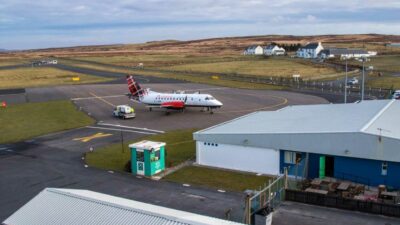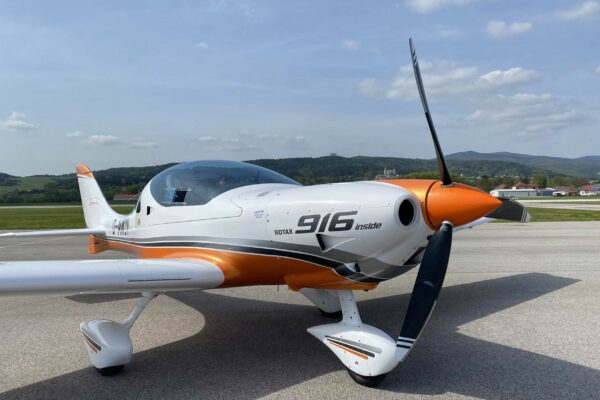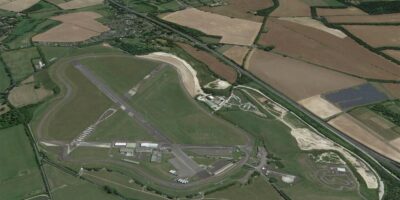A briefing from The Department of Transport and the CAA at the recent EBACE exhibition in Geneva, provided further insight into arrangements for the 2012 Olympics (writes Rod Simpson). FLYER was able to pose a number of questions to representatives Phil Dykins (Department of Transport) and Dawn Lindsey (Head of CAA Olympic Airspace Planning) and they said their objective was to cause as little disruption as possible to existing airspace users. However, they stressed that the restrictions were in response to a very substantial projected demand on south-eastern airspace and the need for reasonable security
They explained that airline flights will be impacted by 500,000 or more international visitors and it is anticipated that there will be an extra 700 charter flights over the Olympics period. In addition, more than 10,000 business aircraft movements will have to be handled and there will be at least 240 VVIP flights by heads of state from around the world. Such an increase in demand will require all available capacity to be used, taking in at least 40 South East airports, and parking for visiting business jets will be at a premium with large airline-category aircraft being parked remotely at Fairford and other airfields. In addition, other sectors of the country will experience extra volume with Olympic events at venues as far out as Hampden Park, Glasgow, the City of Coventry Stadium and Cardiff’s Millennium Stadium. In the case of airspace disruption through weather or following an incident, it may be necessary to divert aircraft to the Continent or the north of England.
The system of requiring flight plans for all VFR flights in the restricted zone has been adopted as an alternative to an outright ban on private flying. According to Dawn Lindsey, “It will require pre-planning by private pilots, but flight plans for both outward and return legs can be filed 24 hours in advance and we are making arrangements for an expanded service department to be in place for handling flight plans. The Flight Planning team will be meeting next month to set down detailed procedures.”
What criteria the authorities will use for filtering and approving flight plans is not clear, nor are the arrangements for changing pre-notified timings. The main pressure on capacity is likely to come during the main Olympic period, 27 July to 12 August, and particularly at the time of the opening and closing ceremonies. The Paralympics, from 29 August to 9 September, are expected to be less challenging.
In response to a suggestion that dedicated transponder codes could be allocated to individual aircraft for the period of the Games, it was stated that only around 330 transponder codes are available, the others being allocated to other sectors and airfields. In view of the normal weekend volume of light aircraft traffic in the south-east, it would seem that this is likely to be inadequate for the system as proposed.
The CAA is expecting to produce a special VFR chart for south-east England which will be available in March 2012 and every attempt will be made to avoid the system being flooded with NOTAMs. It seems certain that the restrictions will be burdensome and will prevent much private VFR flying for the two-month period. Pressure is being brought by many flying organisations but it appears that all the other pressures on the system make it unlikely that there will be much relaxation of the proposals. <a href=”http://www.caa.co.uk”>Click here for more</a>











